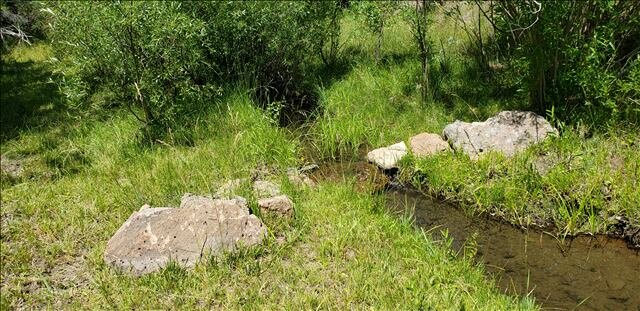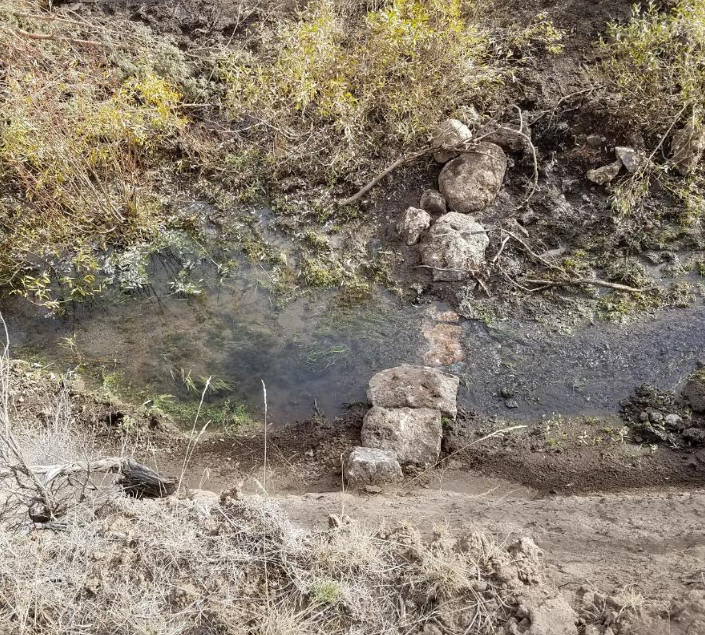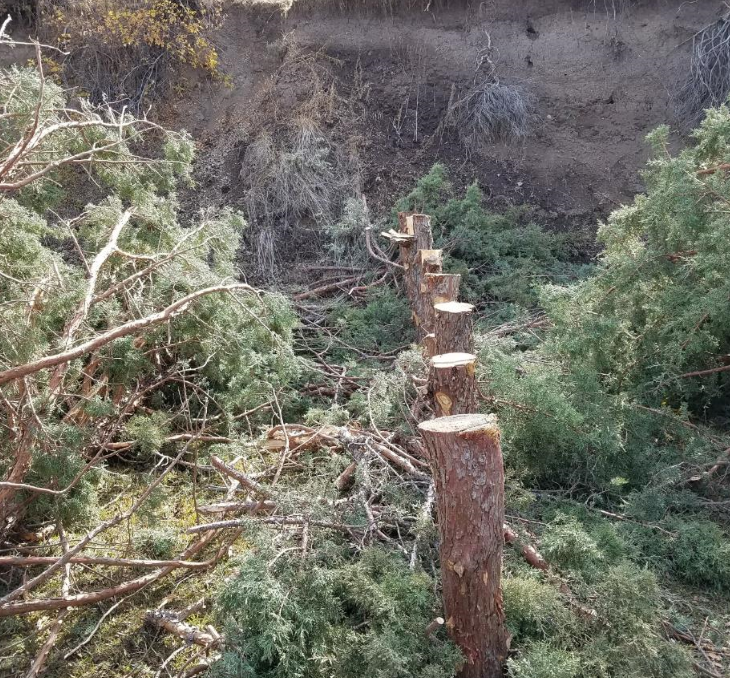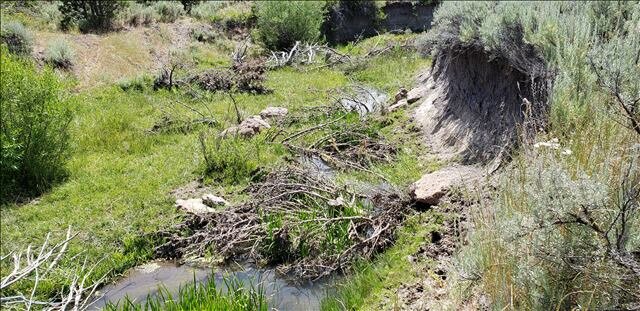Alder Creek Wins Award
A cooperative project completed by the Malheur Watershed Council and the Bureau of Land Management (BLM) was recently selected for a prestigious, national award.
The Alder Creek Resilient Watershed Model was selected for the 2020 Western Division of the American Fisheries Society (WDAFS) Riparian Challenge Award in the BLM project category. The WDAFS established the annual Riparian Challenge to encourage the conservation and sound management of riparian habitat in the western United States. Each year, the WDAFS recognizes outstanding achievements in riparian management by awarding “Excellence in Riparian Management” awards to three projects, including one from each of the following categories: U.S. Forest Service projects, Bureau of Land Management projects, and projects completed by other entities.
The Alder Creek headwaters can be found about seven miles northeast of the town of Crane, Ore. The creek and wetland provide a stark contrast to the dry High Desert surrounding it, said Ken Diebel with the Malheur Watershed Council, a chief BLM partner on the project. “It’s really the only source of water out in a long way,” he said.
At about 5,000 feet elevation, it is also almost at the top of the Malheur River watershed, making it a logical spot to focus on restoration work, said Diebel.“The things we do up there will benefit the entire watershed,” he said.
The wetland area was shrinking due to encroaching Western juniper and historical management practices. To combat this and reestablish the vital wetland habitat, the project focused on juniper removal and repairs to correct the grade of the waterway, stop erosion and trap sediment. Structures made of wood and rock, including human-made beaver dams – were installed and about a mile of willow trees were planted. Through collaborative discussions, the permittee’s concerns and management needs in the allotment were addressed to such a degree that they voluntarily agreed to remove grazing on Alder Creek as well. Not only did the permittees agree to remove grazing from Alder Creek, they built fuel breaks on their private land, with their own funding, in order to cooperatively create a network of fuel breaks across private and public land.
Before photo of Alder Creek
After photo of Alder Creek
Results rapidly appeared and were more drastic than expected. The wetland corridor was transformed into a lush, green oasis. “It’s amazing how green everything is and how much wetland – it’s a bigger wetland than we had originally anticipated,” said Davies. Holistic watershed restoration on this scale takes a big team, said Davies, citing vital BLM partners like the Oregon Watershed Enhancement Board, Rocky Mountain Elk Foundation, and many others on the local, state and federal level.
This project is designed to have a lasting impact on the riparian area and wildlife that depend on it. The WDAFS Riparian Challenge Award memorializes the success of fully integrating diverse stakeholders in a collaborative approach for the betterment Alder Creek.
Full list of project partners: Malheur County Watershed Council; Oregon Watershed Enhancement Board; Rocky Mountain Elk Foundation; Grant County Soil & Water Conservation District; U.S. Army Corps of Engineers, Headquarters; Burns Paiute Tribe; The Nature Conservancy; Oregon Department of Fish and Wildlife; adjacent private landowners; and grazing allotment permittees.
This project recently was selected for the 2020 Western Division of the American Fisheries Society (WDAFS) Riparian Challenge Award, a prestigious honor! To learn more, view our Press Release.






